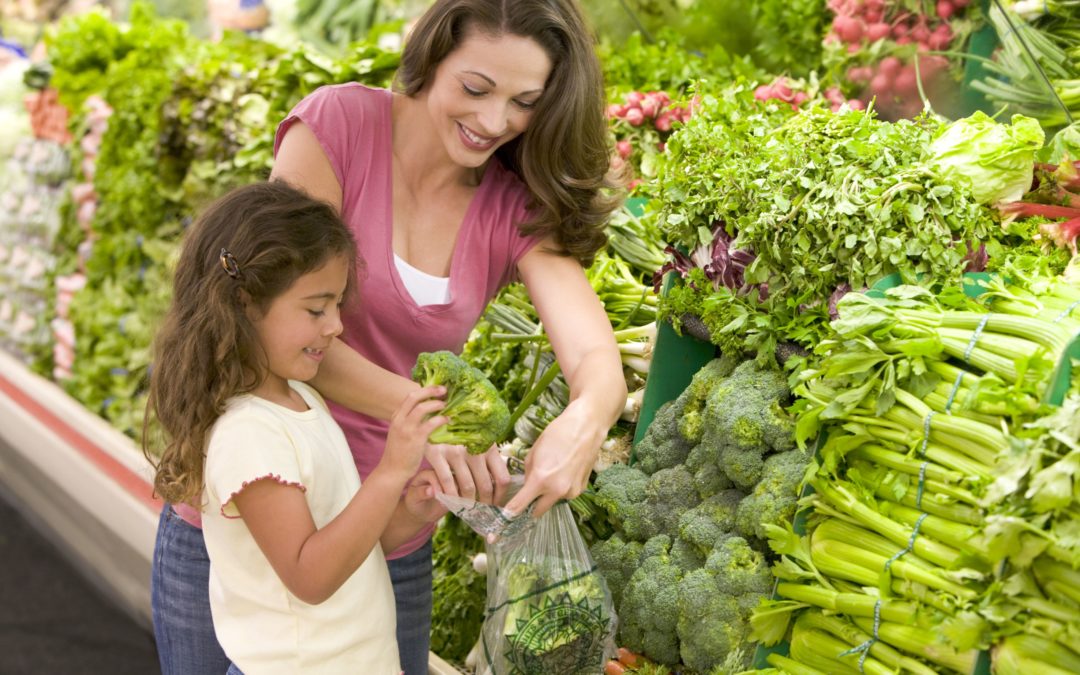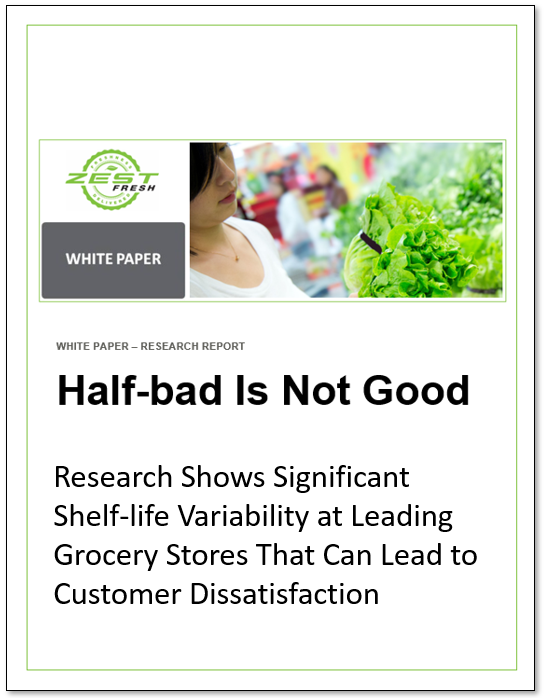FMI recently published their Grocery Shopper Trends 2019 report (free to FMI members, $250 for non-members but parts are available for free on the FMI website).
This annual review of what’s happening in the grocery industry contains a wealth of interesting insights. When comparing myself to their results, I found I was inline with some trends and an outlier for others.
Are you in the mainstream when it comes to grocery shopper trends? Let’s take a look at some of the more interesting ones.
How Many Stores Do You Shop at Each Month?
My first answer was one. I do my weekly grocery shopping at the same store, my local Nob Hill. But then I realized I often run in to grab something at a store that’s more convenient because I need something quickly. For example I might grab something I need while I’m at Target to buy toothpaste. Then I realized I also go to Trader Joe’s for some specialty items that only they carry or where they have a superior price.
According to the FMI report, the average shopper visits 4.4 different retail banners in a typical month, up from 4.1 last year. The average varies depending on which age group you fall into. Younger age groups tend to hit more stores each month with Gen Z visiting 6.2 retailers per month and Millennials visiting 5.0 retailers per month.
Why so many stores?
According to FMI: Shoppers see the process of selecting and shopping across all these stores as a form of personalization, leveraging the strengths and specialties of each retailer. Rather than simplifying shopping, consumers are adopting increasingly complex strategies to support aspirations to eat well and achieve the balance of individual and household eating needs.
FMI then lists five different grocery shopping strategies. (I’ll bet you didn’t know we put this much thought into our grocery shopping experience, did you?)
- Primary Bulk Shopping: FMI says that, for 92 percent of people do most of their shopping at one store, typically a supermarket.
- Stock Up Strategy: Many people belong to warehouse clubs like Costco or BJ’s and they stock up on bulk items like tissues and center store products like cereals, chips and such, perhaps visiting these stores every few weeks or once a month.
- Specialty Item Visits: Some people have favorite brands or items that perhaps only one store carries. For me, this is Trader Joe’s. Not only is it inexpensive but they have some items you can’t find anywhere else. (And their staff is always friendly, efficient and helpful.)
- Quality Item Pick Up: Want that special cut of beef, type of fish or variety of hard-to-find vegetable? When I want Swordfish this means a trip to Whole Foods as my primary store typically doesn’t carry it.
- Need It Now Trip: Cooking dinner and realize you’re missing an ingredient? Out of milk? Maybe you’ll run to a convenience store. According to TheRichestcom, the most commonly purchased food items at convenience stores include beer, soda, milk, chips and ice cream. Many convenience stores are now starting to carry some produce items as the younger generations increasingly frequent these stores. According to CNBC the amount of fruits and vegetables sold in the convenience stores has grown to be roughly the same as popcorn or pretzels.
Fresh Produce in the Rankings of Grocery Shopper Trends
The FMI report also discusses what are the mist important attributes in choosing our primary grocery store. Once again in 2019, just as it was in 2018, the top reason is high-quality fruits and vegetables at 78 percent, followed by high-quality meats and low prices at 76 percent each.
I’d wager that, if you randomly asked grocery shoppers if they prefer one store over another for fresh produce, you’d get answers like “Oh yes, I always get my fresh produce at Store X but buy my staples at Store Y because it’s cheaper” or “I never buy fresh produce at Store Z because it looks horrible.” I think many people associate fresh, high-quality produce with a particular store. (I remember once going into a discount grocery store to buy broccoli. They had only three bunches. I picked one up and it was warm and limp. I never went in that store again.)
But what if the produce at your favorite Store X isn’t actually any fresher than the produce at Store Z down the road? What if the produce at your favorite store is fresh one week and spoils the day after you buy it the next week?
There’s Significant Shelf-life Variability
Zest Labs recently published a research study comparing fresh produce purchased from leading grocery stores across the USA. We found that roughly half of the produce we purchased would spoil before the consumer had time to enjoy it. Half! In fact, 16 percent of the produce bought had already spoiled at the time of purchase – on the store shelves!
You might think, “well, that must not be the store I shop at.” But…
The other major finding was that shelf-life varied significantly within each store by as much as 21 days for romaine, 12 days for strawberries and nine days for salad mixes. That’s a very inconsistent experience that frustrates customers and can cause them to look elsewhere for more reliably fresh produce.
Consistency is important. According to Vision Critical, 42 percent of grocery shoppers will abandon a store they shop at after two bad experiences.
#1 Grocery Shopper Trend: Consistently Be the Best
If fresh produce is the number one reason people choose a store, its important to be the best and ensure that your produce is always fresh. Growers and suppliers always strive to deliver the freshest produce but sometimes things go wrong in the fresh food supply chain. Produce can sit in the field, be improperly precooled or get delayed in transit, negatively impacting its remaining shelf-life.
We address this problem by helping growers, suppliers, shippers and grocers better manage supply chain variability to consistently improve delivered freshness.
Our Zest Fresh | Metrics solution helps confirm produce meet process and quality metrics that ensure shelf-life and provides real-time insights and guidance for workers to fix problems along the fresh food supply chain.
Our Zest Fresh | Optima solution uses powerful predictive analytics to intelligently route produce based on the actual remaining shelf-life. This means grocers can know with confidence that the produce on their shelves will remain fresh for sale and for the consumer to have ample time to enjoy it at home. It reduces waste, improves margins and helps ensure consumer delight.
Because, after all, delighting grocery shoppers with the freshest produce and meats should always be the top trend.



